Supporting vulnerable kids when schools open
|
|
Québec has announced plans to re-open elementary schools on May11 in most regions and in greater Montréal on May 19. Some are wondering if this is really a good public health decision.
Today in The Conversation Canada, Delphine Collin-Vézina of McGill University and Tristan Milot of Université du Québec à Trois-Rivières remind us that “school closures present risks to children in vulnerable situations, particularly those who are experiencing social and economical hardship or are at risk for maltreatment.” We might think a decrease in the number of cases of maltreatment reported to child protection services is a good thing – but what if it really just means a loss of witnesses in a child’s life?
The authors suggest four priorities for allowing schools and teachers to fulfil their functions on the front lines for vulnerable children's well-being when schools re-open.
Also today:
Regards,
|
Susannah Schmidt
Education + Arts Editor
|

|
|
Coronavirus News
|
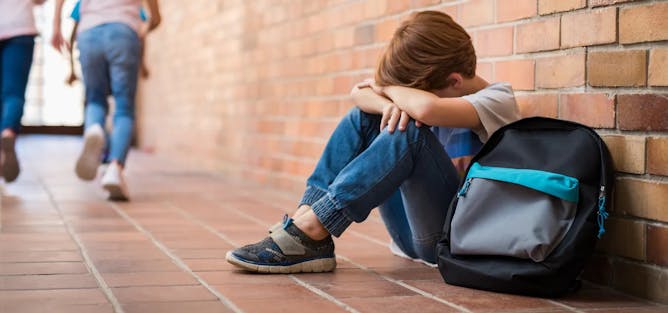
A significant break in the school year could have a devastating impact on the motivation and learning of vulnerable students.
(Shutterstock)
Delphine Collin-Vézina, McGill University; Tristan Milot, Université du Québec à Trois-Rivières (UQTR)
School closures under coronavirus have raised significant risks for vulnerable students who face maltreatment and exposure to violence. Here are five priorities to address when re-opening schools.
|
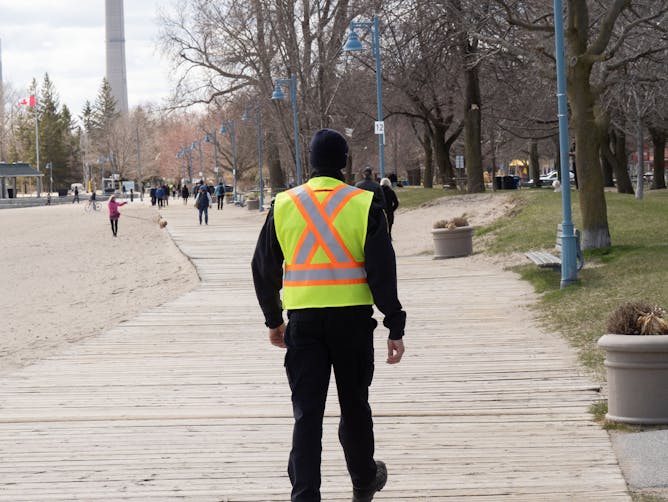
A bylaw enforcement officer patrols the Eastern Beaches boardwalk in Toronto on April 10, 2020.
(Shutterstock)
Jane E. McArthur, University of Windsor
It's up to governments to stop the spread of COVID-19. Approaches that place the responsibility on the individual fail to consider the precautionary principle, which prioritizes prevention over cure.
|
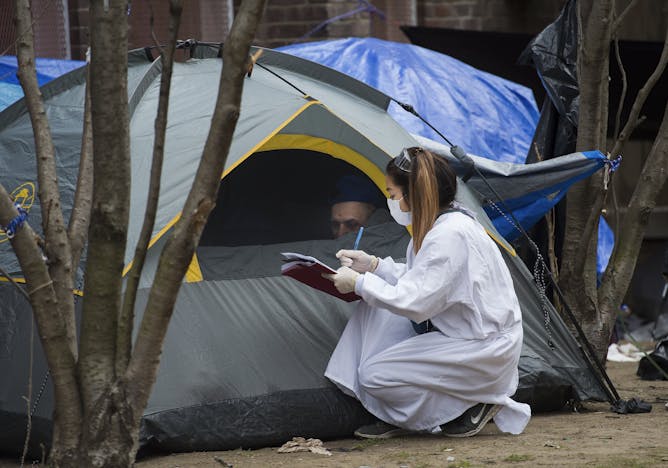
A worker from Sanctuary, a Christian charitable organization, tends to homeless people in their tents during the COVID-19 pandemic in Toronto on April 28, 2020.
THE CANADIAN PRESS/Nathan Denette
Pamela E. Klassen, University of Toronto
Canadian and American religious groups are responding very differently to coronavirus public health measures. Why? In Canada, health care is more widely regarded as a public good and a right.
|
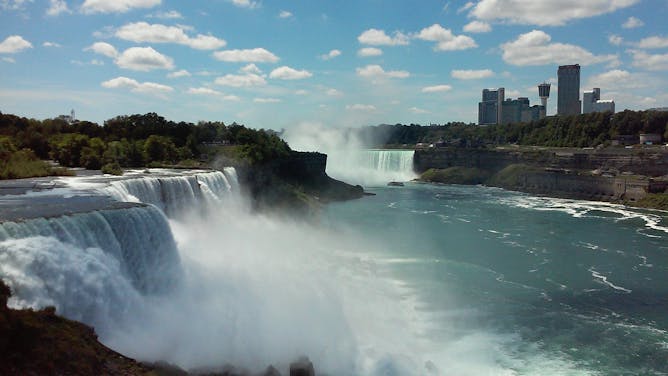
Canada and the United States share a border and other geographical ties. But the coronavirus has underscored the need to ease our dependence on the U.S. Niagara Falls, Ont., is seen from the American side of the falls.
(Pixabay)
Philippe Lagassé, Carleton University; Srdjan Vucetic, L’Université d’Ottawa/University of Ottawa
With COVID-19 radicalizing the already radical presidency of Donald Trump, Canada may be forced to confront its dependence on the U.S. more directly and with greater urgency.
|

When then prime minister Pierre Trudeau brought in the War Measures Act in 1970, it was the first time the controversial law had been invoked during peace time.
THE CANADIAN PRESS
Maxime Dagenais, McMaster University; Ian McKay, McMaster University
Ottawa used the old War Measures Act when it wanted sweeping powers to deal with extraordinary events. Prime Minister Justin Trudeau has mused about using the newer Emergencies Act during the pandemic.
|
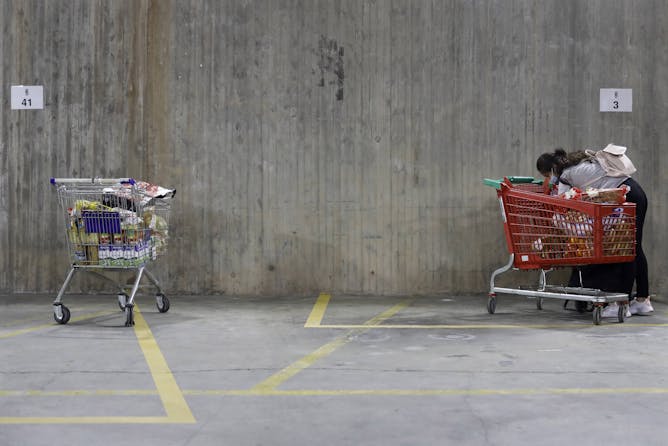
Woman collecting food donations in Badalona, Spain.
EPA
Steven Vass, The Conversation
This week we've been looking at the factors in play when considering to ease lockdowns, how the massive costs can be met, and the ongoing search for treatments.
|
Non-Coronavirus News
|
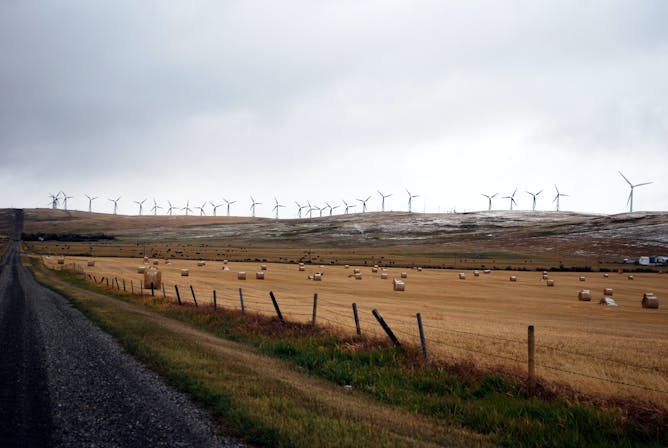
A farm in Stowe, Alta. Can Canadian agricultural producers lead the way on climate action?
(Brian Holdsworth/Unsplash)
Lisa Ashton, University of Guelph; Ben Bradshaw, University of Guelph
The Canadian dialogue on agriculture’s role in climate change is murky. Its time to be more clear and vocal on where challenges and opportunities lie.
|
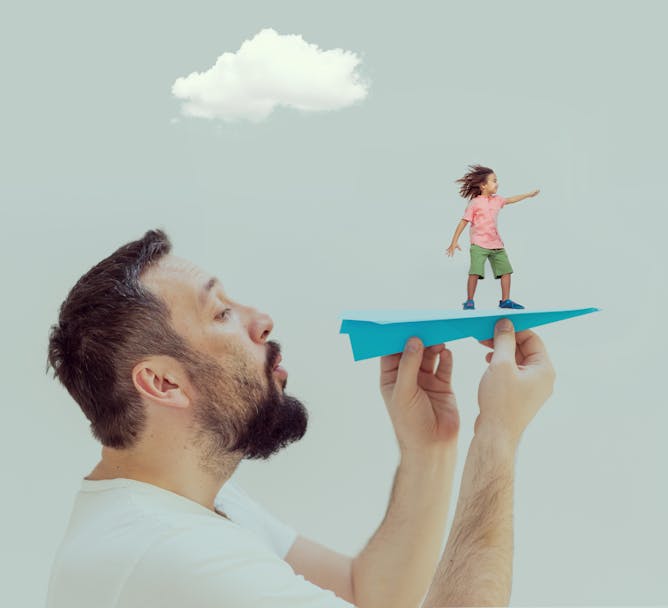
It would be fun to be able to shrink people and objects, but it’s something we can only imagine.
Jasmin Merdan/Moment via Getty Images
Salvatore Rappoccio, University at Buffalo, The State University of New York
The movies make it seem like someday we'll be able to make people and objects grow really big or shrink really small. Whether this will be possible comes down to the smallest of things.
|

An exoplanet and its atmosphere pass in front of its star (artist’s impression, from an imaginary point near to the planet).
NASA Goddard Space Flight Center
David Rothery, The Open University
New research expands the pool of habitable worlds to include super-Earths with hydrogen-rich atmospheres.
|
La Conversation Canada
|

Des écolières observent les règles de distance dans la cour de récréation de l'école Goldbeck à Hambourg, en Allemagne, le lundi 4 mai 2020.
Christian Charisius/dpa via AP
Olivier Arvisais, Université du Québec à Montréal (UQAM); Joanna-Trees Merckx, McGill University; Nadia Turgeon, Université du Québec à Montréal (UQAM); Patrick Charland, Université du Québec à Montréal (UQAM)
La réouverture des écoles primaires ne fait pas l'unanimité. Des mesures sanitaires seront mises en place, mais les incertitudes subsistent sur les modes de transmission du virus. Tour d'horizon.
|
| |
| |
| |
| |
| |
| |
|
|